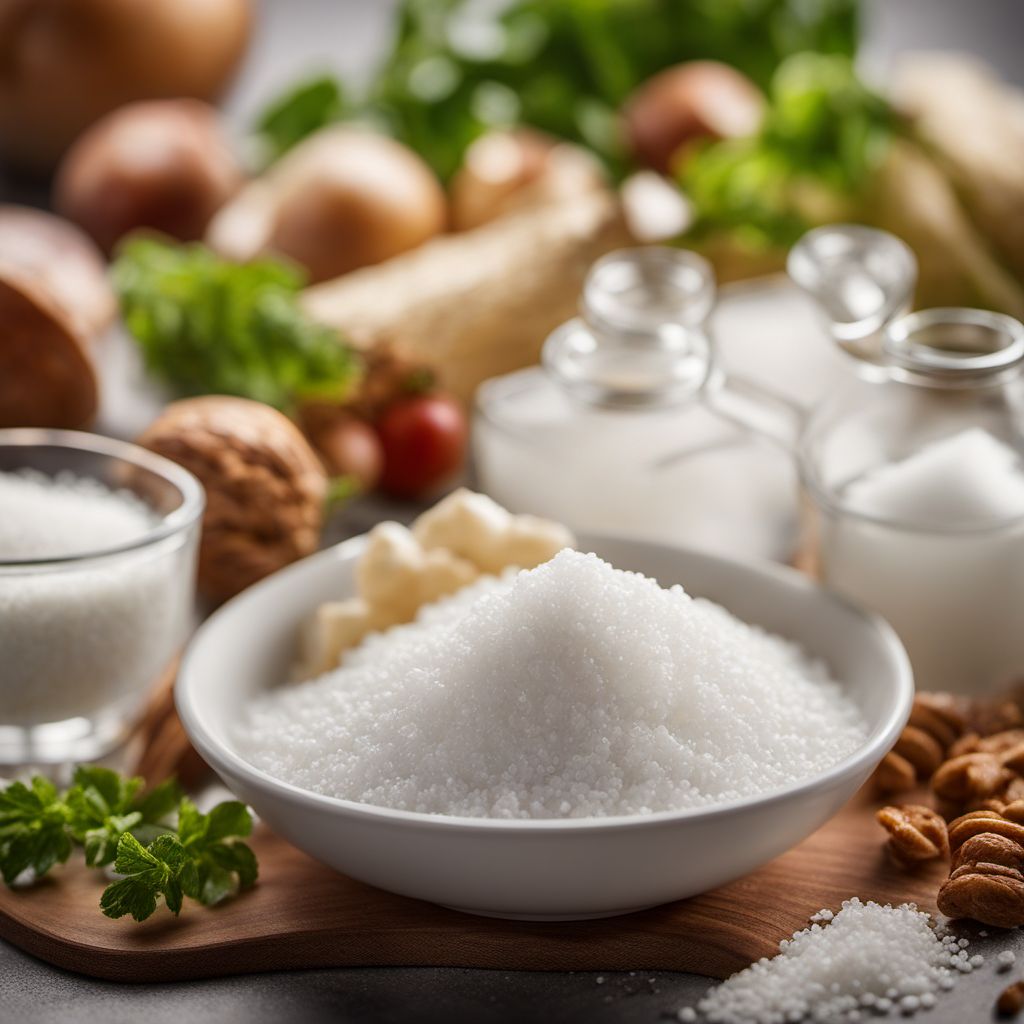
Ingredient
Salt
"The Essential Flavor Enhancer: Unveiling the Magic of Salt"
Salt, scientifically known as sodium chloride, is a crystalline mineral that is primarily composed of sodium and chlorine ions. It is typically harvested from salt mines or obtained through the evaporation of seawater. Salt is available in various forms, including table salt, kosher salt, sea salt, and Himalayan pink salt, each with its own distinct characteristics. It has a fine texture and appears as small, white crystals or granules. Salt is known for its ability to dissolve in water and is often used as a seasoning or preservative in cooking. It adds a savory taste to dishes and helps to balance and enhance other flavors. In addition to its culinary applications, salt is also used in food preservation, baking, and even in some beauty and wellness practices.
Origins and history
Salt has a rich history dating back thousands of years. It has been an essential ingredient in human civilization, playing a significant role in trade, economy, and cultural practices. Salt was highly valued in ancient times and was even used as a form of currency. The earliest evidence of salt production dates back to around 6,000 BC in present-day Romania. Throughout history, salt has been obtained from various sources, including salt mines, salt pans, and the evaporation of seawater. It has been used for preserving food, enhancing flavors, and as a valuable commodity in many cultures and civilizations, such as the Egyptians, Greeks, Romans, and Chinese.
Nutritional information
Salt is primarily composed of sodium and chloride. While it is an essential nutrient required for various bodily functions, excessive consumption of salt can lead to health issues such as high blood pressure. It is important to consume salt in moderation and be mindful of sodium intake.
Allergens
Salt is not known to cause allergies in most individuals. However, some people may be sensitive to high sodium intake or have specific medical conditions that require a low-sodium diet.
How to select
When selecting salt, consider the type and quality. Look for pure, unrefined salts without additives or anti-caking agents. Opt for salts that have a clean, bright appearance and avoid those with clumps or moisture. Additionally, consider the texture and size of the salt crystals, as different types of salt may have varying textures and dissolve at different rates.
Storage recommendations
To maintain the freshness and quality of salt, store it in an airtight container in a cool, dry place away from direct sunlight. Proper storage will prevent clumping and ensure that the salt remains free-flowing.
How to produce
While it is not feasible for amateurs to produce salt on a large scale, it is possible to make small batches of salt at home through the evaporation of seawater or by using salt pans. However, this process requires careful monitoring and may not yield large quantities.
Preparation tips
Salt is a versatile ingredient that can be used in various ways. When using salt in cooking, it is important to season dishes gradually, tasting as you go, to avoid over-salting. Different types of salt have varying levels of saltiness, so adjust the quantity accordingly. Salt can be used to enhance the flavors of meats, vegetables, soups, sauces, and even desserts. It can also be used as a finishing touch to add a final burst of flavor to a dish.
Culinary uses
Salt is a staple ingredient in almost every cuisine and is used in a wide range of dishes. It is used for seasoning, preserving, and enhancing flavors in savory dishes, such as soups, stews, sauces, and marinades. It is also used in baking to balance sweetness and enhance the overall taste of baked goods. Additionally, salt is commonly used as a finishing touch to sprinkle on top of dishes to add a final burst of flavor.
Availability
Salt is widely available and cultivated in various regions around the world. It can be found in grocery stores, supermarkets, and specialty food stores globally.
More ingredients from this category
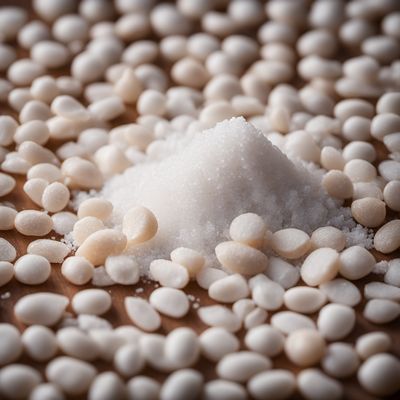
Salt, low sodium
The Hidden Gem of Low Sodium Seasoning

Salt, fluoridated
The Essential Mineral Enhancer

Salt, flavoured
The Art of Flavored Salt
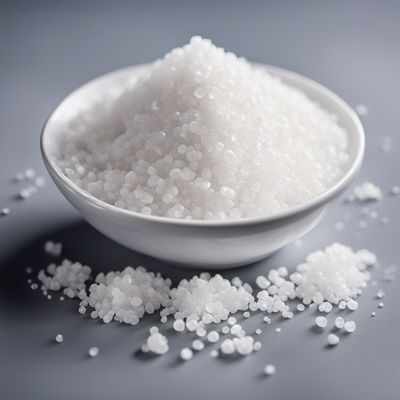
Salt, iodised and fluoridated
The Essential Mineral Blend

Sea salt
Nature's Mineral Treasure

Salt, iodised
"The Essential Mineral: Unveiling the Power of Iodised Salt"
Recipes using Salt » Browse all
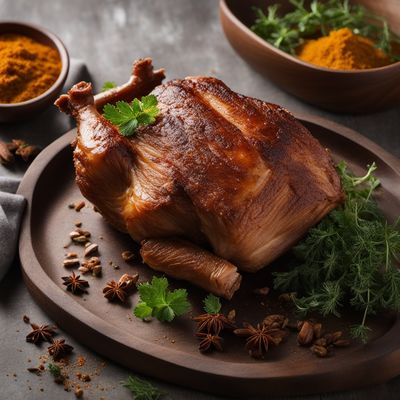
Slow-Roasted Pork Shoulder with Crispy Crackling
Bavarian Delight: Slow-Roasted Schäufele with Golden Crust

Delicious Maple Pecan Bars
Maple Pecan Bliss Bars: A Sweet Canadian Delight

Extremaduran Berlingozzo
Savory Delight: Extremaduran Berlingozzo - A Fusion of Italian and Extremaduran Flavors

Apple Pie with a Middle Eastern Twist
Arabian Apple Delight
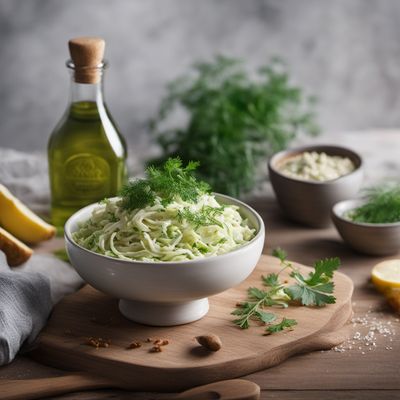
Mordovian Cholera
Savory Mordovian Pie: A Fusion of Swiss and Mordovian Flavors
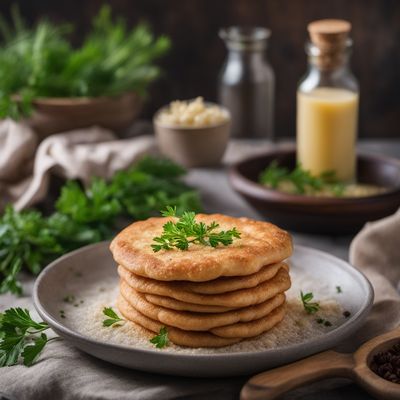
Homemade Garlic Pampushka
Garlicky Delights: Homemade Ukrainian Garlic Pampushka
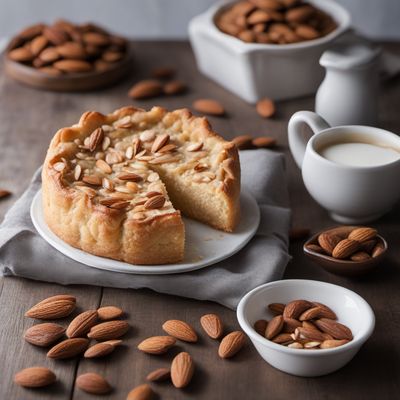
Dutch Almond Pastry
Delicious Dutch Almond Delight

Yaki Karē with Crispy Chicken and Vegetables
Golden Crispy Delight: Yaki Karē with a Twist

Latin American Falafel
Saboroso Falafel: A Latin Twist on a Middle Eastern Classic

Moin Moin: A Savory Delight from Nigeria
Savory Steamed Bean Cakes: A Taste of Nigeria

Donug Delight
Crispy Chicken Donug: A Fusion of Flavors

Sudanese-style Krampogača
Savory Sudanese Flatbread: A Fusion of Flavors